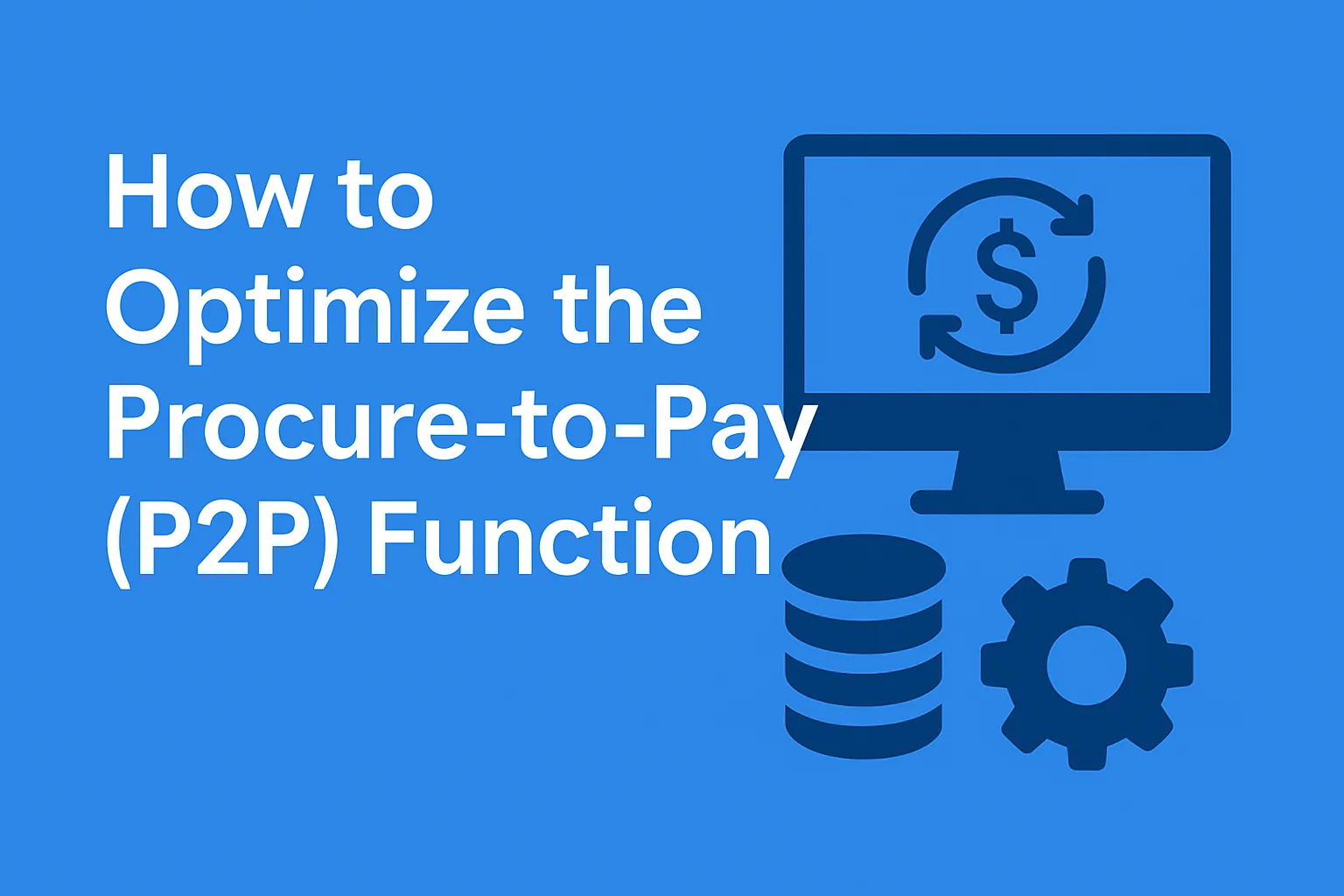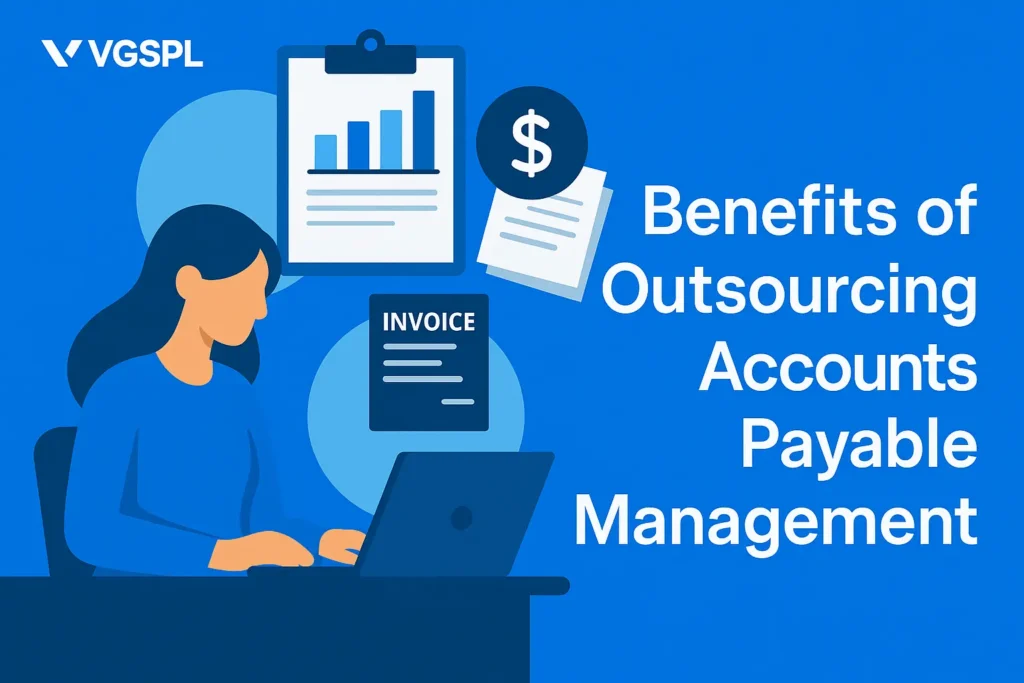Optimizing your Procure-to-Pay (P2P) function is critical for reducing costs, improving efficiency, and strengthening supplier relationships. By streamlining and automating each step from procurement to payment, organizations can transform a traditionally manual and error-prone process into a strategic advantage. In this article, we’ll explore proven strategies to help you optimize P2P.
Why P2P Optimization Matters
A well-run P2P process ensures:
- faster procurement cycles
- fewer errors
- better spend visibility
- stronger supplier partnerships
Key Strategies to Optimize P2P
1
Centralize and Standardize Processes
Consolidate P2P activities under one department or platform. Standardized workflows reduce errors, promote consistency, and improve control.
2
Automate P2P Workflows
Use ERP or dedicated P2P software to automate approvals, routing, and validations. Automation reduces manual tasks and boosts data accuracy.
3
Digitize Supplier Information
Maintain a centralized digital repository of supplier contracts, contacts, and payment preferences for faster onboarding and easier collaboration.
4
Enable Electronic Purchase Requisitions
Implement online requisition and approval tools. Employees can submit requests and receive approvals more quickly, cutting procurement cycle times.
5
Use Electronic Vendor Catalogs
Incorporate vendor catalogs into your P2P platform to guide employees to pre-negotiated items and pricing, limiting maverick spend.
6
Integrate Procurement with Finance
Link the procurement system with accounts payable to ensure seamless data flow and accurate financial reporting.
7
Strengthen Vendor Onboarding and Performance Management
Develop clear onboarding procedures and continuously track supplier KPIs to maintain high standards.
8
Leverage Spend Analytics
Analyze purchasing data to identify cost-saving opportunities and negotiate better supplier contracts.
9
Negotiate Favorable Payment Terms
Work with suppliers to secure extended payment terms or early payment discounts to improve cash flow.
10
Enforce Compliance and Controls
Set clear P2P policies and educate employees on compliance requirements to reduce fraud and ensure adherence.
11
Promote Electronic Invoicing
Move suppliers toward e-invoicing to reduce paper, minimize errors, and speed up approvals.
12
Monitor and Manage Payment Cycles
Track payment cycles to maximize cash flow, avoid late fees, and take advantage of early-payment discounts.
13
Commit to Continuous Improvement
Regularly review performance data, gather stakeholder feedback, and improve your P2P processes over time.
Benefits of an Optimized P2P Function
- Lower processing costs
- Stronger supplier partnerships
- Faster procurement cycles
- Improved financial control
- Better compliance and audit readiness



